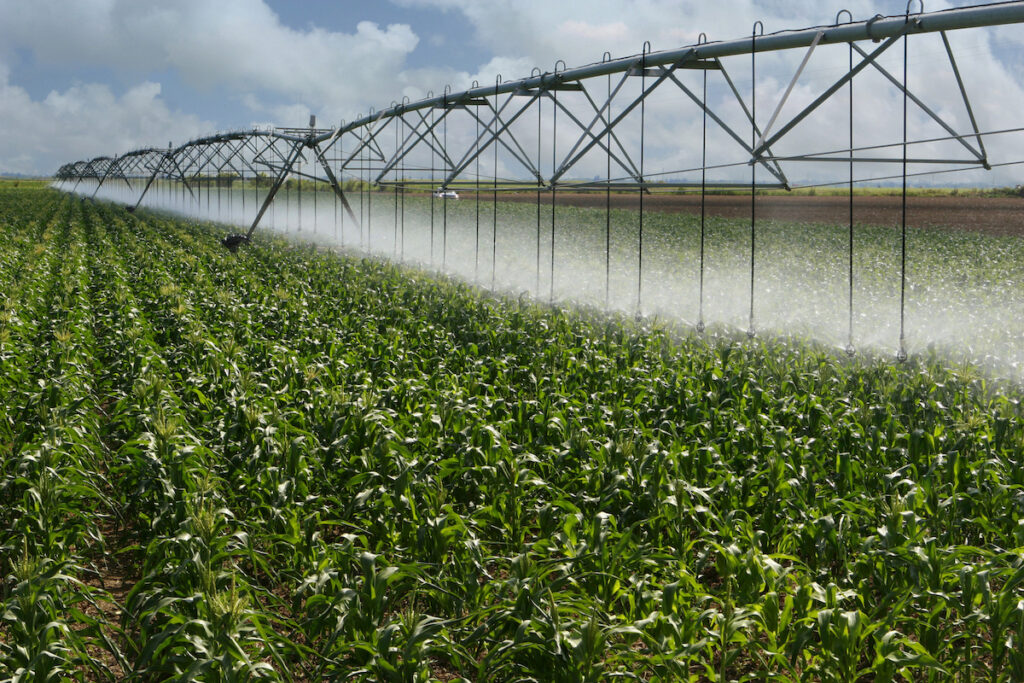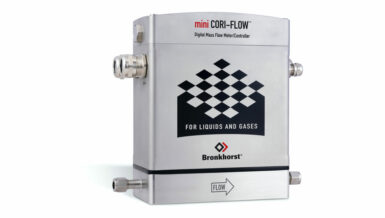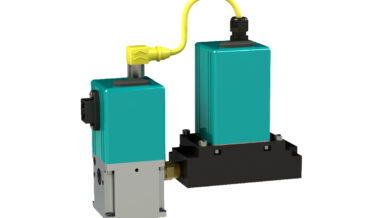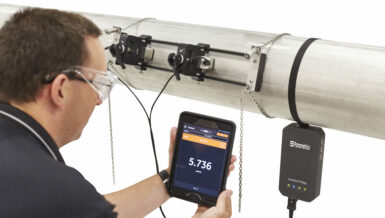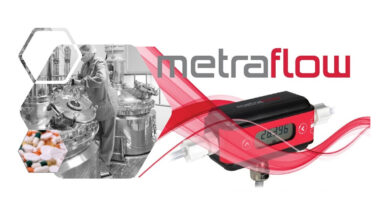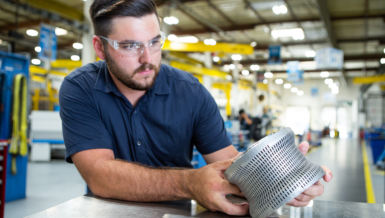In addition to ensuring compliance with federal, state, and local regulations, installation of a reliable and accurate measuring device is essential for monitoring consumption and optimizing usage. As it is often the single source of data in a distribution network, a metering device is also the only tool operators have to see how their irrigation system is performing. Lower than normal flow rates, for instance, may be an indicator of a pipeline leak, faulty or damaged pump, partially closed or obstructed valve or clogged drip emitter. High flow rates, on the other hand, can indicate multiple zones operating simultaneously or damaged sprinkler nozzles. In systems that span large areas, the absence of a measuring device increases the likelihood that these problems will go undetected for extended periods of time, leading to increased consumption, damaged equipment, and in some cases, financial penalties for non-compliance.
Staying Ahead of Regulations
In recent years, as water consumption from the agricultural, energy, and industrial sectors has increased across the U.S., many states have begun introducing legislation aimed at monitoring usage.
In California, for example, users that divert water from a surface source such as a lake, creek, stream, river, or a subterranean stream that flows into a known channel, are required to report their diversion to the State Water Board, Division of Water Rights. Water use reports are filed annually and need to include a “Measurement Method” plan, which among many pieces of information requests water users to provide the accuracy of their installed measuring devices.
For measurement in a pipeline or conduit, the Division recommends the installation of a Category I flow meter, which as specified by the United States Bureau of Reclamation, includes propeller flow meters, venturi meters, magnetic meters, and acoustic meters2.
In California, for example, users that divert water from a surface source such as a lake, creek, stream, river, or a subterranean stream that flows into a known channel, are required to report their diversion to the State Water Board, Division of Water Rights. Water use reports are filed annually and need to include a “Measurement Method” plan, which among many pieces of information requests water users to provide the accuracy of their installed measuring devices1.
For measurement in a pipeline or conduit, the Division recommends the installation of a category I flow meter, which as specified by the United States Bureau of Reclamation, includes propeller flow meters, venturi meters, magnetic meters, and acoustic meters.
Water measurement is also a requirement in Idaho for users that divert water in regulated areas from both ground and surface sources. Data collected in these areas is reviewed and used by the Idaho Department of Water Resources (IDWR) for management and distribution to senior water right holders. The IDWR has gone so far as to develop a list of approved closed conduit flow meters that can be used for measurement. Of the 12 flow meters on the list, two are manufactured by Siemens.
This type of legislation is a growing trend across the U.S., as water resource requirements continue to grow and demand for access to freshwater supplies from commercial, residential, and industrial customers increases. In the coming years, as these regulations become more common, the agricultural industry will need to find ways to accurately and reliably measure water usage, while at the same time addressing challenges like characteristically remote and unmanned areas associated with water diversion and irrigation.

Choosing the Right Measuring Device
Long-term maintenance and operating costs are the most important factors to consider when selecting a flow meter for an irrigation system. The most efficient meters are those that have few (if any) moving parts and minimally impact line pressure, which is important when distributing water containing sand or silt.
Although propeller-based solutions are often less costly, they possess a number of inherent drawbacks, such as low accuracy and high maintenance requirements. Propeller flow meters are also susceptible to damage from debris in water and have to be calibrated periodically by the manufacturer, which requires their removal from service.
Inline (i.e., full profile) ultrasonic and magnetic flow meters are devices that can be used to measure both flow rate and volume. Both types offer a number of advantages over propeller-based solutions with regards to maintenance, accuracy, and pressure drop, making them an intelligent option for virtually any type of irrigation system.
The SITRANS MAG8000 and MAG5100W, which is one of the two Siemens measuring devices approved by the IDWR, are inline magnetic flow meters that can be installed in virtually any location, including subsurface or areas exposed to constant flooding. Both meters feature rugged designs with no moving parts, which minimizes maintenance requirements. They also possess a variety of built-in intelligent functions, including leak detection, data logging, error self-detection, and remote monitoring.
The primary difference between the two meters is power source. The SITRANS MAG8000 has a battery pack with a 10-year useful life, making it ideal for irrigation systems that span large or remote areas. The MAG5100W, on the other hand, offers the ability to connect to an AC or DC power source for use in systems located close to a grid-supplied electricity connection.
All the flow meters approved by the IDWR were subjected to testing conducted by staff from Utah State’s National Institute of Standards and Technology (NIST)traceable lab in Logan Utah and performed at or above IDWR minimum acceptable standards.
The Road Ahead
As demand for freshwater in the commercial, industrial, and agricultural sectors continues to increase, and regions of the U.S. continue to experience extended periods of drought, the need to regulate and report the use of ground and surface water will become increasingly important. Idaho and California are likely the first of many states that will implement requirements for the measurement of ground and surface water used for irrigation. In the coming years, irrigation system operators will either have to react to these regulations when they are imposed or proactively implement comprehensive water monitoring/management programs – the foundation of which is reliable and accurate measurement.
Expert in Flow Control & Measurement:
Jack Roushey / Siemens Industry, Inc.
Product Marketing Manager at Siemens




